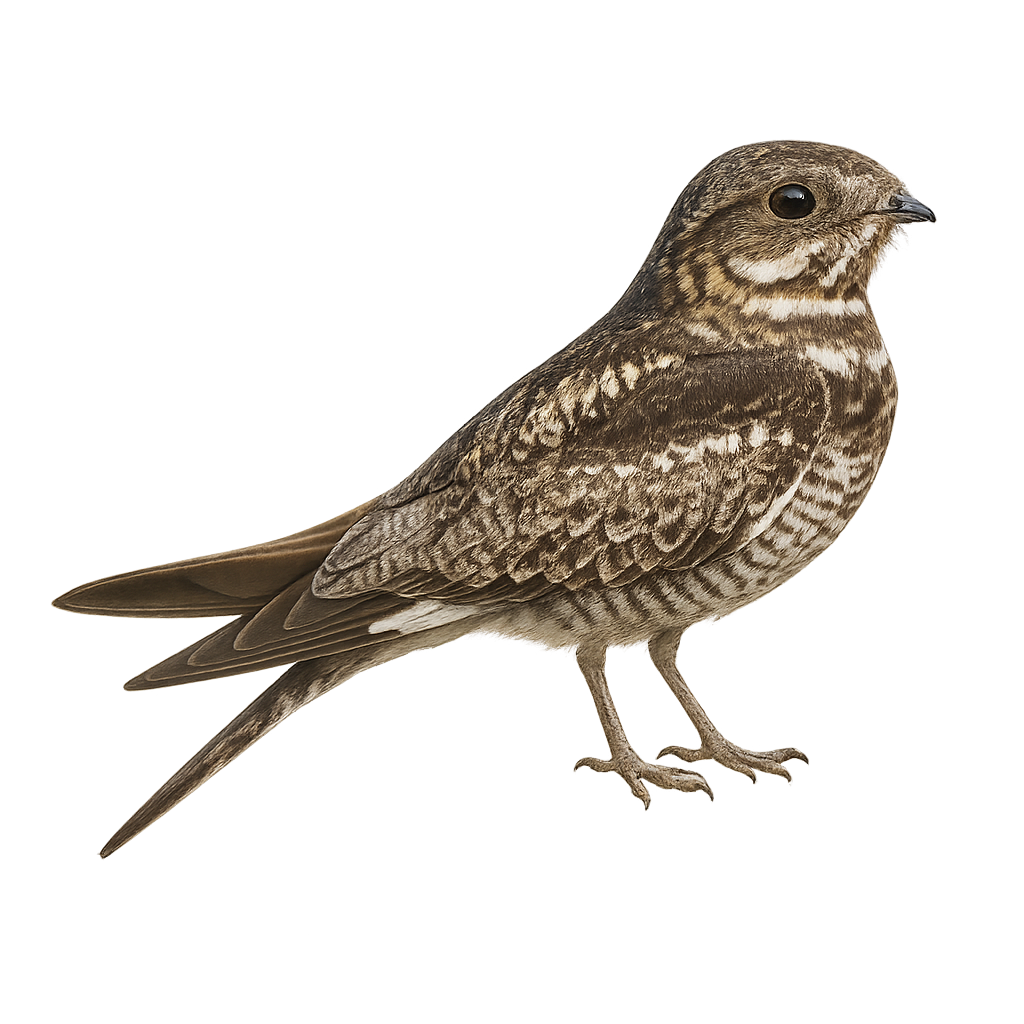Your wildlife photography guide.
Explore the common nighthawk in detail, study its behavior, prepare your shots.
Where to observe and photograph the common nighthawk in the wild
Learn where and when to spot the common nighthawk in the wild, how to identify the species based on distinctive features, and what natural environments it inhabits. The WildlifePhotographer app offers tailored photography tips that reflect the common nighthawk’s behavior, helping you capture better wildlife images. Explore the full species profile for key information including description, habitat, active periods, and approach techniques.
Common Nighthawk
Scientific name: Chordeiles minor

IUCN Status: Least Concern
Family: CAPRIMULGIDAE
Group: Birds
Sensitivity to human approach: Suspicious
Minimum approach distance: 10 m
Courtship display: May to July
Incubation: 18-20 jours
Hatchings: May to August
Habitat:
Grasslands, agricultural fields, urban areas
Activity period :
Mainly active at night, generally discreet during the day.
Identification and description:
The Common Nighthawk, Chordeiles minor, is a fascinating bird belonging to the Caprimulgidae family. This small migratory bird is known for its crepuscular and nocturnal habits, primarily feeding on flying insects caught in flight. Its cryptic plumage, consisting of brown, gray, and white hues, allows it to blend effectively into its surroundings. It is primarily found in open areas such as grasslands, agricultural fields, and urban zones. During the breeding season, it performs impressive aerial displays to attract females. Although its song is discreet, it is often heard at dusk and dawn.
Recommended lens:
400 mm – adjust based on distance, desired framing (portrait or habitat), and approach conditions.
Photography tips:
To photograph the Common Nighthawk, it is advisable to use a 400mm lens or longer to capture precise details without disturbing the bird. Choose times of the day when the light is soft, such as dusk or dawn, to achieve atmospheric images. Be patient and wait for the bird to perch or perform its aerial displays. Use a tripod to stabilize your camera and avoid motion blur.
The WildlifePhotographer App is coming soon!
Be the first to explore the best nature spots, track rutting seasons, log your observations, and observe more wildlife.
Already 1 429 wildlife lovers subscribed worldwide

